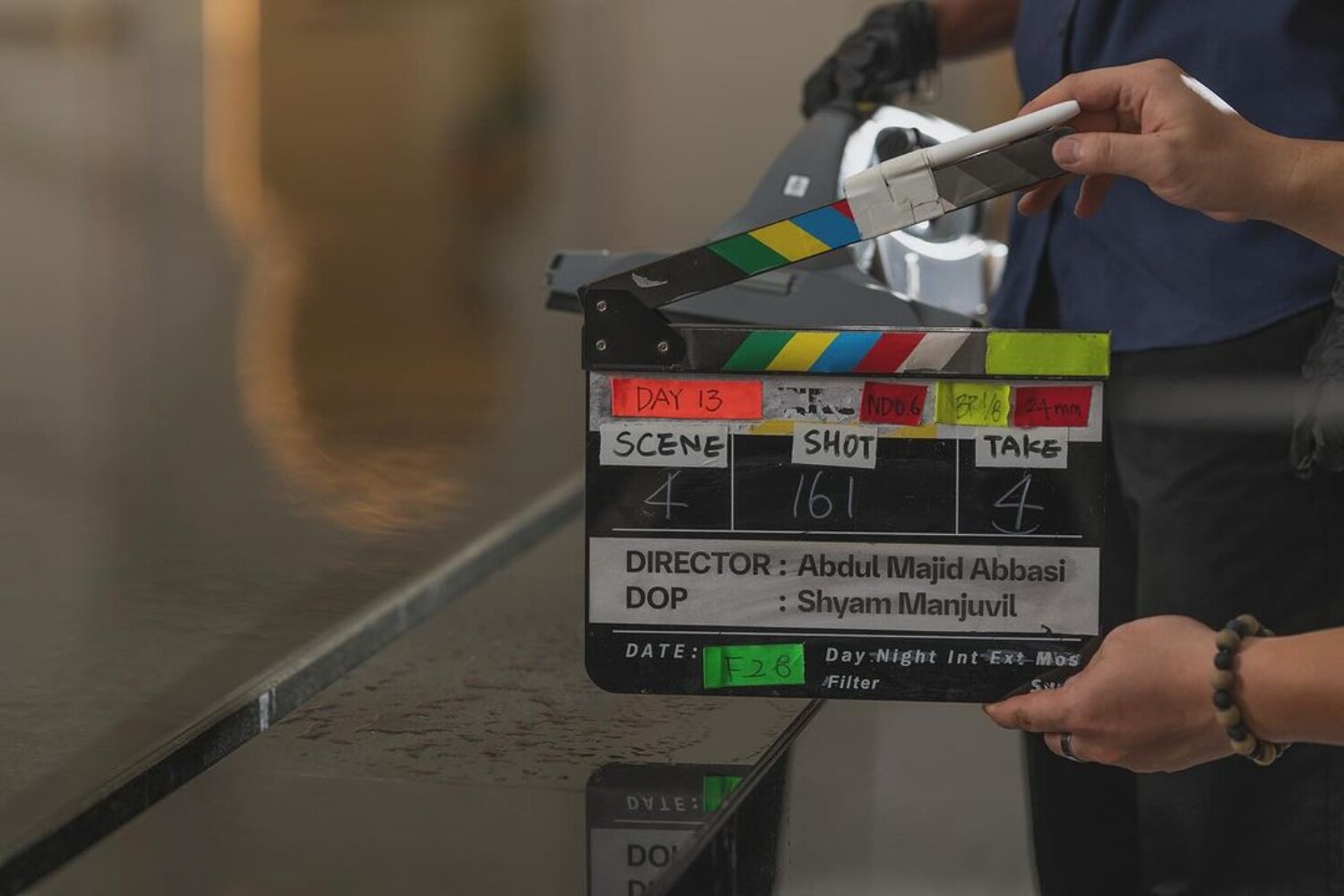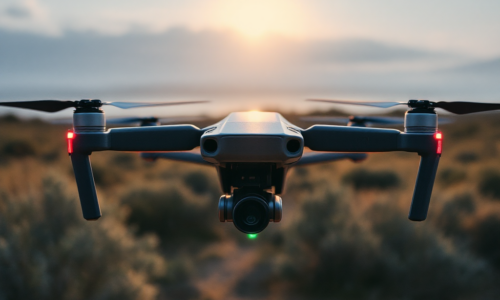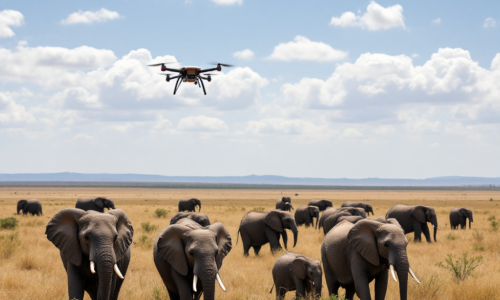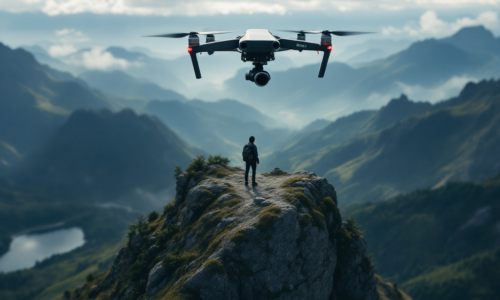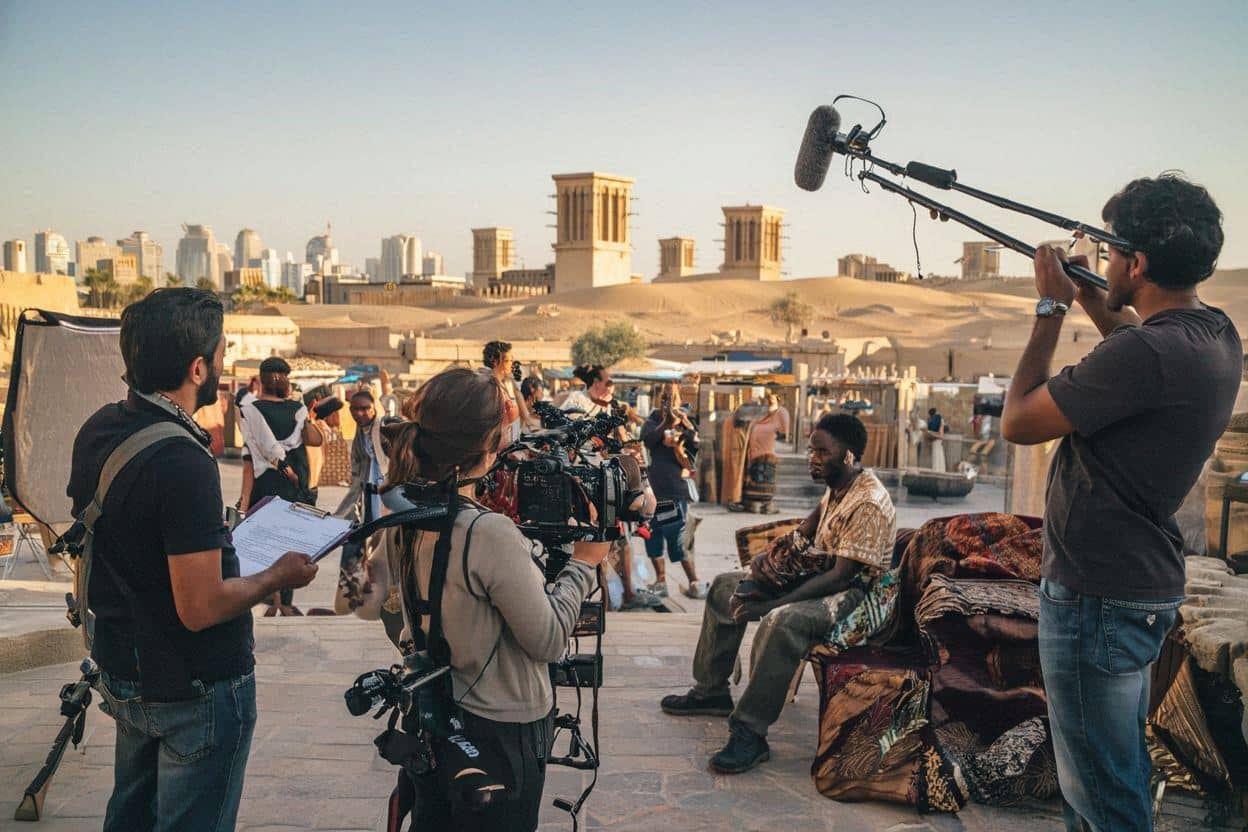The Growing Demand for Drone Technology in Documentary Filmmaking
The documentary filmmaking landscape is undergoing a revolution, thanks to drone technology. From capturing breathtaking aerial shots to exploring remote areas, drones are redefining how stories are told on screen. Discover the growing demand for drone technology in documentary filmmaking and how it’s transforming the industry
In recent years, drone technology has swept the documentary filmmaking world. These versatile flying cameras have opened up a new realm of possibilities for filmmakers, allowing them to capture stunning aerial footage that was once only achievable with expensive equipment like helicopters or cranes. The increasing demand for drone technology in documentary filmmaking has transformed the way stories are told, allowing filmmakers to explore remote locations, capture breathtaking landscapes, and provide unique perspectives to their audiences.
Aerial Cinematography: A Game-Changer for Documentaries
One of the main reasons for the increasing use of drone technology in documentary production is the ability to capture aerial photographs. Drones have revolutionized aerial photography, making aerial filming easier and cheaper for filmmakers. In the past, aerial filming required expensive equipment and a team of professionals, but now a single user can achieve similar results with a drone. This opens up opportunities for creative writing, allowing them to tell their stories from new and interesting sources
As renowned documentary filmmaker Louie Psihoyos, director of “The Cove” and “Racing Extinction,” stated in an interview with DroneDJ, “Drones have changed the way we make documentaries. They allow us to capture footage that would have been impossible or prohibitively expensive before.”
Exploring Remote and Inaccessible Locations
Another widespread benefit of the usage of drones in documentary filmmaking is the capacity to explore far flung and inaccessible locations. Drones can attain regions that are tough or risky for human crews to get right of entry to, along with dense forests, mountain tiers, or even underwater. This has enabled filmmakers to capture photos of wildlife, natural phenomena, and indigenous groups in ways that were previously not possible. A prime instance of this is the Emmy Award-winning documentary series “Planet Earth II,” which notably used drones to seize lovely footage of natural world in far off places. The collection’ manufacturer, Mike Gunton, praised the usage of drones, announcing, “They’ve given us a whole new way of seeing the herbal world. We can now get toward animals and seize their behavior in approaches that we never could earlier.
Enhancing Storytelling and Emotional Impact
Drones are also used to add some visually stunning footage and relate well to storytelling and emotional value in documentaries. Whether it is documenting a subject’s journey or capturing the scale of an environment, aerial shots can help filmmakers tell their story better. The smooth, sweeping movements of drone footage can also create a more immersive and emotionally engaging experience for the audience. In the documentary “The Eagle Huntress,” directed by Otto Bell, drones were used to capture the vast, breathtaking landscapes of Mongolia, emphasizing the protagonist’s isolation and determination. As Bell explained in an interview with The Hollywood Reporter, “The drone shots really helped to tell the story and give the audience a sense of the scale and beauty of the environment.”
The Future of Drone Technology in Documentary Filmmaking:
As drone technology continues to evolve, the demand for drones in documentary filmmaking is expected to continue to grow. Advances in camera quality, flight stability, and battery life are making drones accessible to more filmmakers. The integration of virtual reality (VR) with 360-degree cameras and drones is also opening up new possibilities for immersive storytelling. Additionally, as regulations surrounding drone use become more standardized and simplified, filmmakers will have more freedom to explore the potential of this technology. The growing demand for drone technology in documentary filmmaking is a testament to its transformative impact on the film industry, and it’s exciting to see how this technology will continue to shape the future of storytelling on screen.
Conclusion
The growing use of drone technology in documentary film is changing the industry, giving filmmakers new tools to capture stunning footage from skies, explore remote locations, and improve storytelling As drones become more accessible and versatile, their impact on images will just go up. From showcasing the beauty of our planet to telling powerful stories, drones are changing the way we experience written content and bringing audiences closer to the topics they care about

